Run Journal

FALL 22 Preview
By Brett Farrell Designs by Johnny Bertram Nine years ago, I was working at my dining room table struggling to try to figure out how to come up with the...
FALL 22 Preview
By Brett Farrell Designs by Johnny Bertram Nine years ago, I was working at my dining room table struggling to try to figure out how to come up with the...
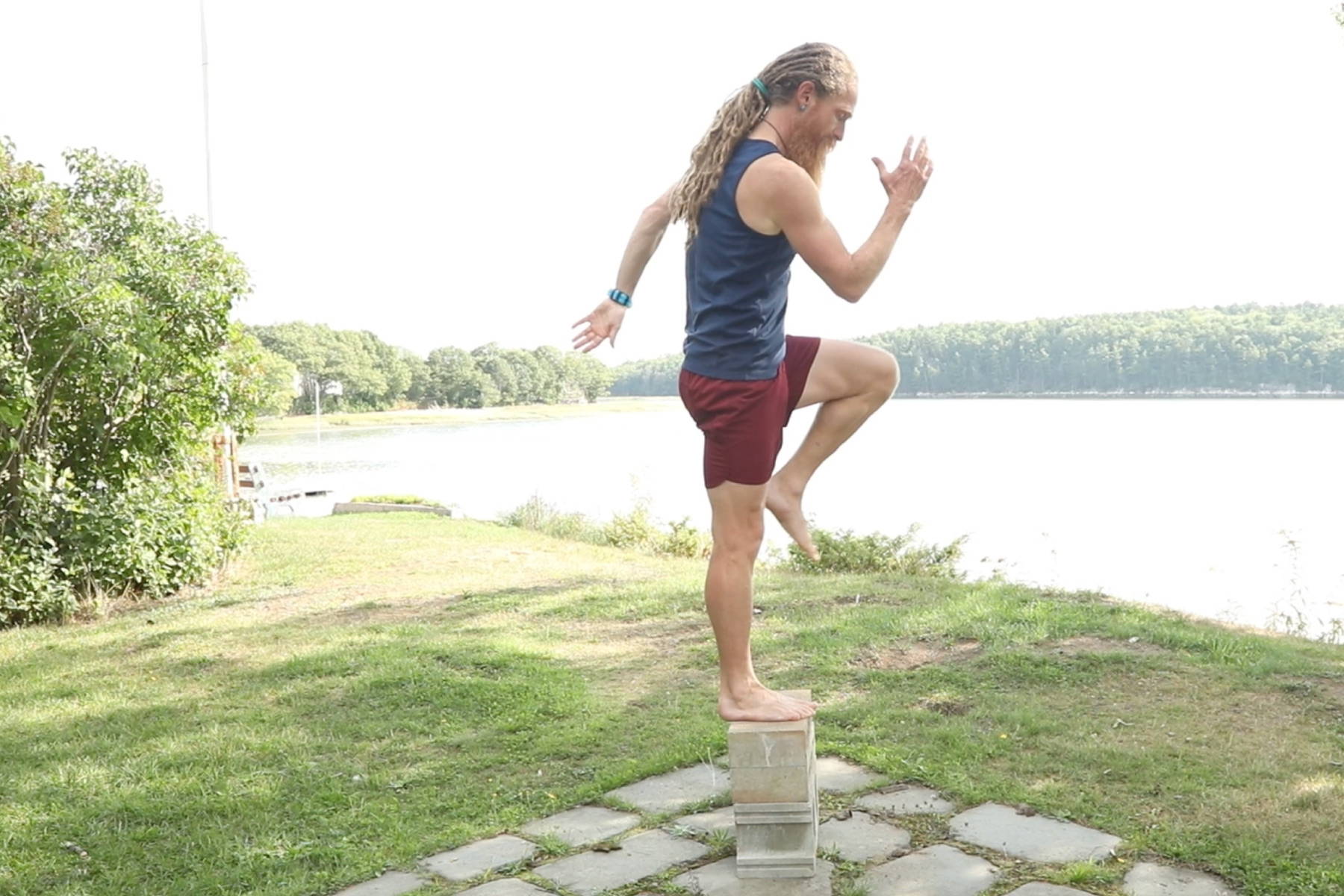
Single Leg Exercises
With Ian Ramsey Ian Ramsey is an ultrarunner, writer and educator who splits his time between Maine and the Pacific Northwest. He directs the Kauffmann Program for Environmental Writing...
Single Leg Exercises
With Ian Ramsey Ian Ramsey is an ultrarunner, writer and educator who splits his time between Maine and the Pacific Northwest. He directs the Kauffmann Program for Environmental Writing...
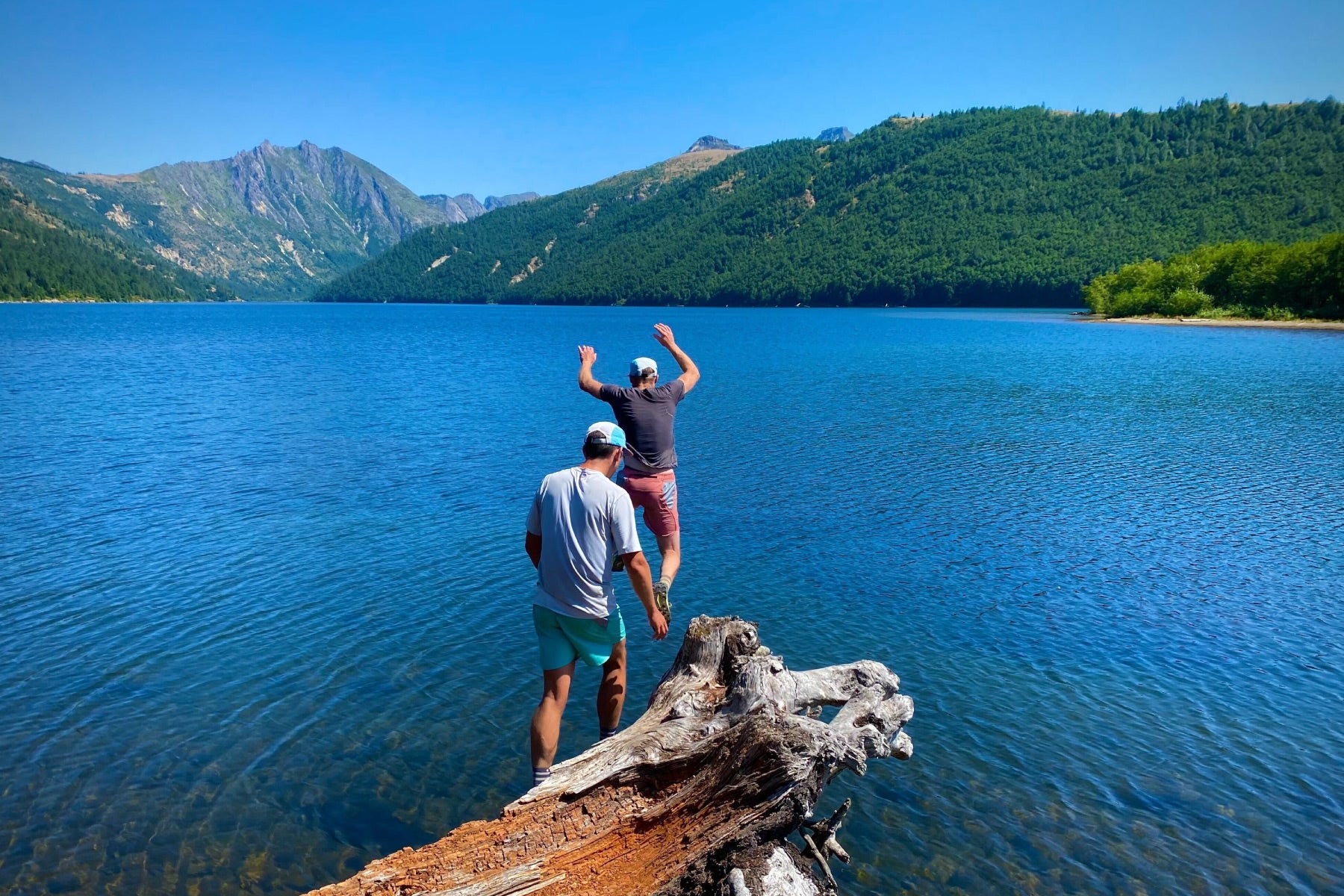
The Summer Run and Dip
By Brett Farrell One of my favorite summers in my life took place during high school when I spent many evenings running with a few buds from a friend's house then...
The Summer Run and Dip
By Brett Farrell One of my favorite summers in my life took place during high school when I spent many evenings running with a few buds from a friend's house then...
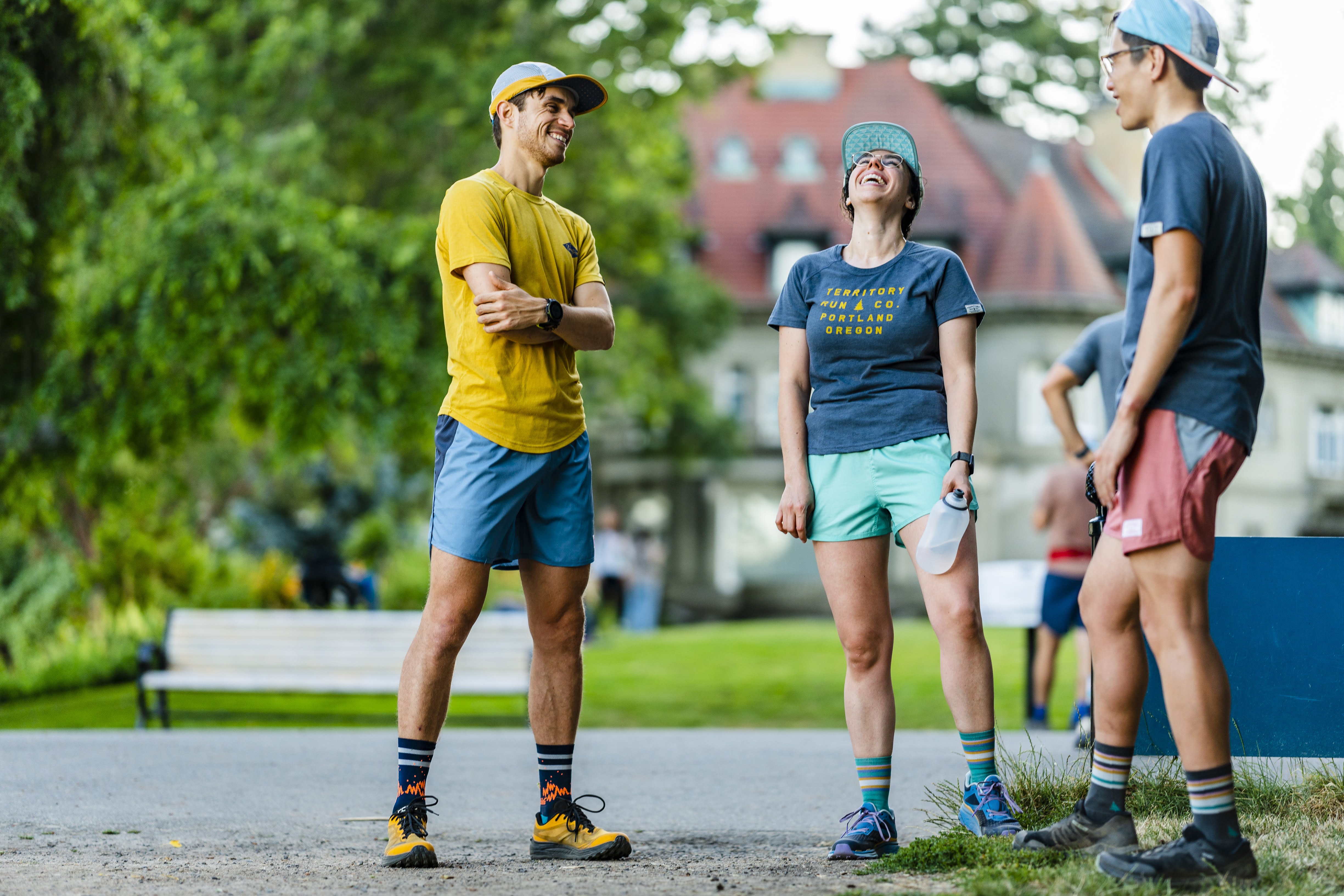
Portland Skyline Run
By Mack Robertson It’s easy to become desensitized to the unique beauty of the places in which we live. Scenic vistas, urban trails and unique landmarks become part of the...
Portland Skyline Run
By Mack Robertson It’s easy to become desensitized to the unique beauty of the places in which we live. Scenic vistas, urban trails and unique landmarks become part of the...
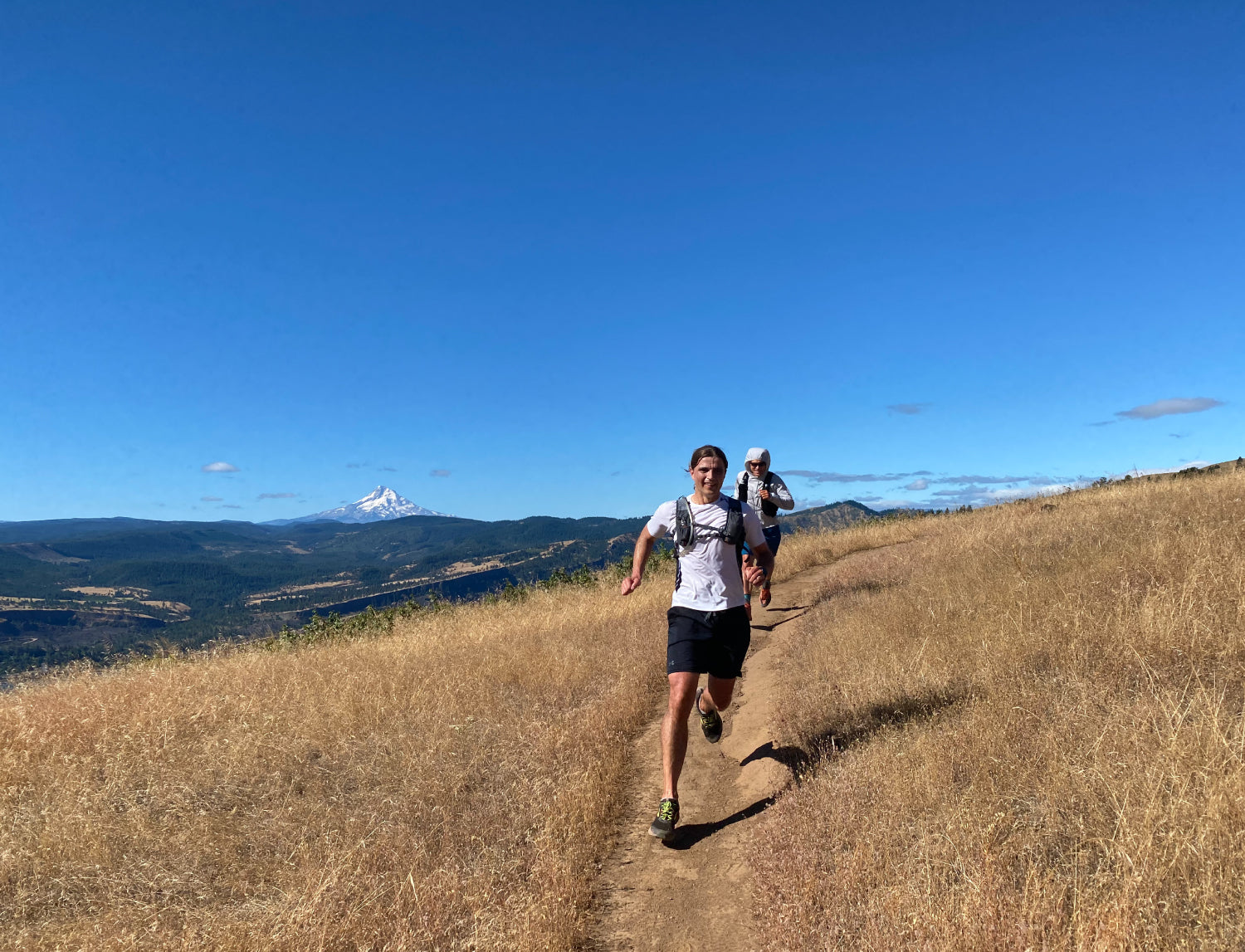
Coyote Wall to Cardamom Buns
By Katie Goodwin I do love a good route planning challenge. Exploring the scantily mapped trails of the area between White Salmon, WA and Coyote Wall State Park has become...
Coyote Wall to Cardamom Buns
By Katie Goodwin I do love a good route planning challenge. Exploring the scantily mapped trails of the area between White Salmon, WA and Coyote Wall State Park has become...
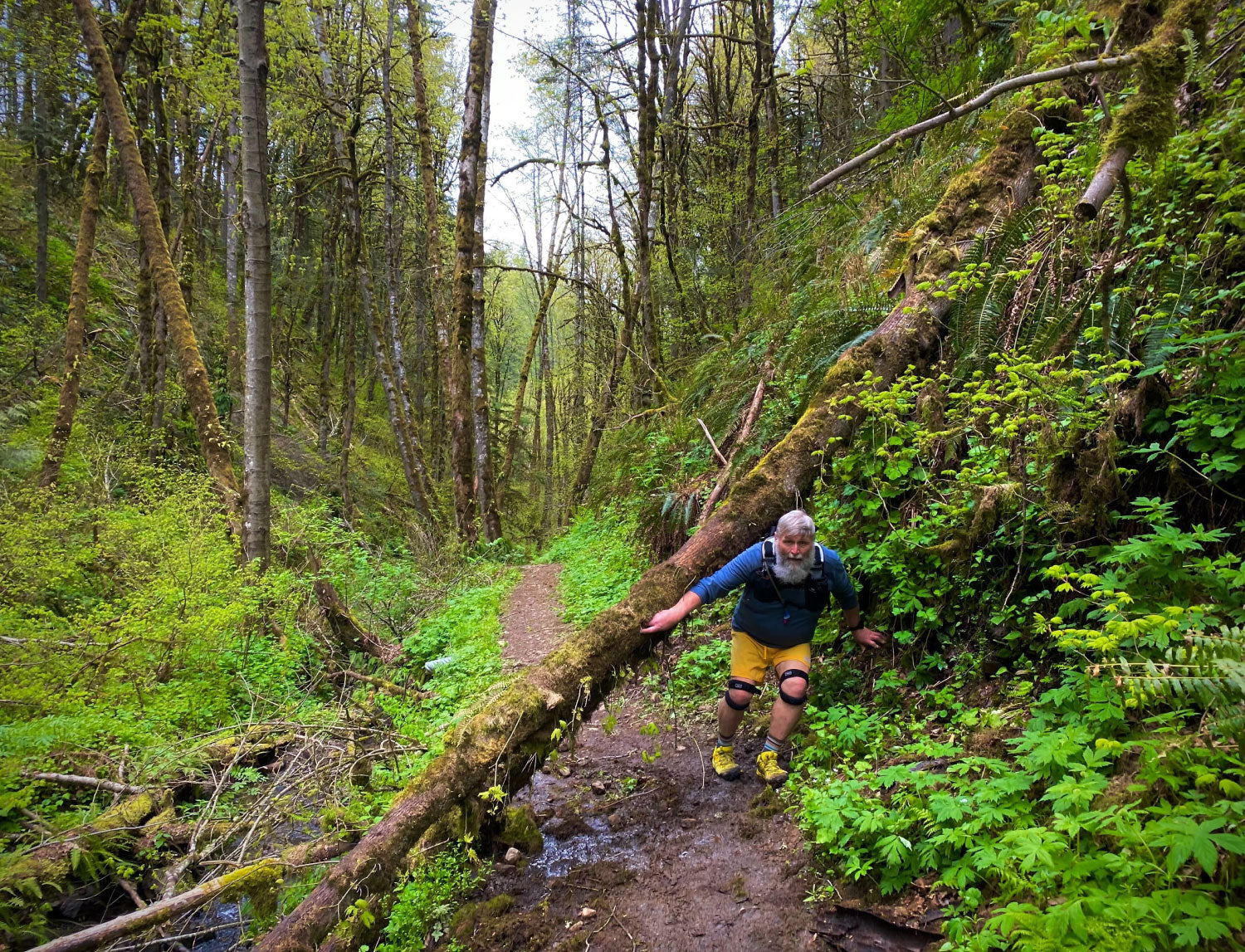
Charley Boynton and the Art of Easy Miles
By Mack Robertson It’s a sunny morning in early summer as I’m making my way up Saltzman Road, a gravel pedestrian path in Forest Park here in Portland, Oregon. Coming...
Charley Boynton and the Art of Easy Miles
By Mack Robertson It’s a sunny morning in early summer as I’m making my way up Saltzman Road, a gravel pedestrian path in Forest Park here in Portland, Oregon. Coming...